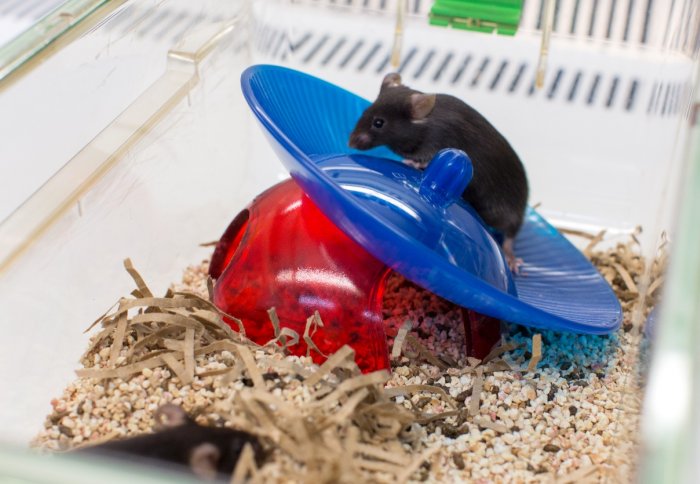Promising results in mice raise hope of treatment for spinal cord injury
by Sam Wong

A group of drugs being trialled for cancer could also hold promise as a treatment for spinal cord injury, a study in mice suggests.
Nutlins, which have been found safe in early cancer trials, promoted nerve regrowth and caused functional improvements in a mouse model of spinal cord injury.
If further studies in animals prove successful, the drugs could be tested in human patients within five to 10 years.
Spinal cord injuries can affect patients’ ability to feel or move parts of their body below the injury. Spinal cord nerves have a very limited ability to regrow, so damage is often permanent, and there are currently no effective treatments.
The new findings, published in the journal Brain, are the culmination of years of research by a team at Imperial College London and the University of Tuebingen to understand the mechanisms that stop damaged nerves from repairing themselves.
These results in mice are very encouraging, but they need to be replicated in further studies in animals.
– Professor Simone di Giovanni
Department of Medicine
They identified a series of proteins that interact to restrict nerve growth. After treatment with nutlins, which stop these proteins interacting, they were able to make nerves regrow, first in mice with injuries to the optic nerve and then in mice with spinal cord injuries.
Mice treated with a placebo made only a slight recovery in their movement ability after a spinal cord injury. Mice treated with nutlins made a much stronger recovery, achieving higher scores on tests assessing their movement.
Professor Simone di Giovanni, from the Department of Medicine at Imperial College London, who led the study, said: “Unlike in the limbs, nerves in the spinal cord don’t regenerate after an injury. We’re only just beginning to understand the fundamental reasons for this striking difference.
“We have identified a mechanism that controls nerve regeneration, and there are already experimental drugs that target this pathway, suggesting an opportunity to translate these findings into the clinic. These results in mice are very encouraging, but they need to be replicated in further studies in animals. If the next results show the treatment is effective, it would provide a good justification for a clinical trial in patients with spinal cord injury.”
Reference: Y. Joshi et al. 'The MDM4/MDM2-p53-IGF1 axis controls axonal regeneration, sprouting and functional recovery after CNS injury.' Brain, 2015. DOI: http://dx.doi.org/10.1093/brain/awv125
Article text (excluding photos or graphics) © Imperial College London.
Photos and graphics subject to third party copyright used with permission or © Imperial College London.
Reporter
Sam Wong
School of Professional Development